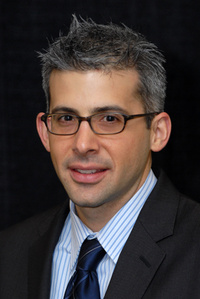Classics Series
Goal and Scope

Ryan Branski, Ph.D., Series Editor
The development of the Classics series was stimulated by the desire to recognize prominent figures who have made significant contributions to, and advanced, their respective fields. The term 'classic' in academia is not novel. In 1977, Eugene Garfield's essay entitled, "Introducing Citation Classics: The human side of scientific papers" recognized significant contributions to science. This initial document was comprised of selections from the 500 most-cited manuscripts published between 1961-1975 including Oliver H. Lowry's 1951 paper, the most-cited in the history of science.
In Dr. Garfield's original publication, authors of the classics were asked to write an abstract and commentary regarding the publication emphasizing the human side of research including how the project was initiated, obstacles encountered, and their opinion of why the work was highly-cited.
This model was employed in the Classics series. The most highly-cited manuscripts within a particular subspecialization or allied health profession were compiled and in some cases, reprinted in their entirety. However, the real value of this series is the commentaries. For each manuscript, author and/or peer commentaries provide unique insight into the work.
